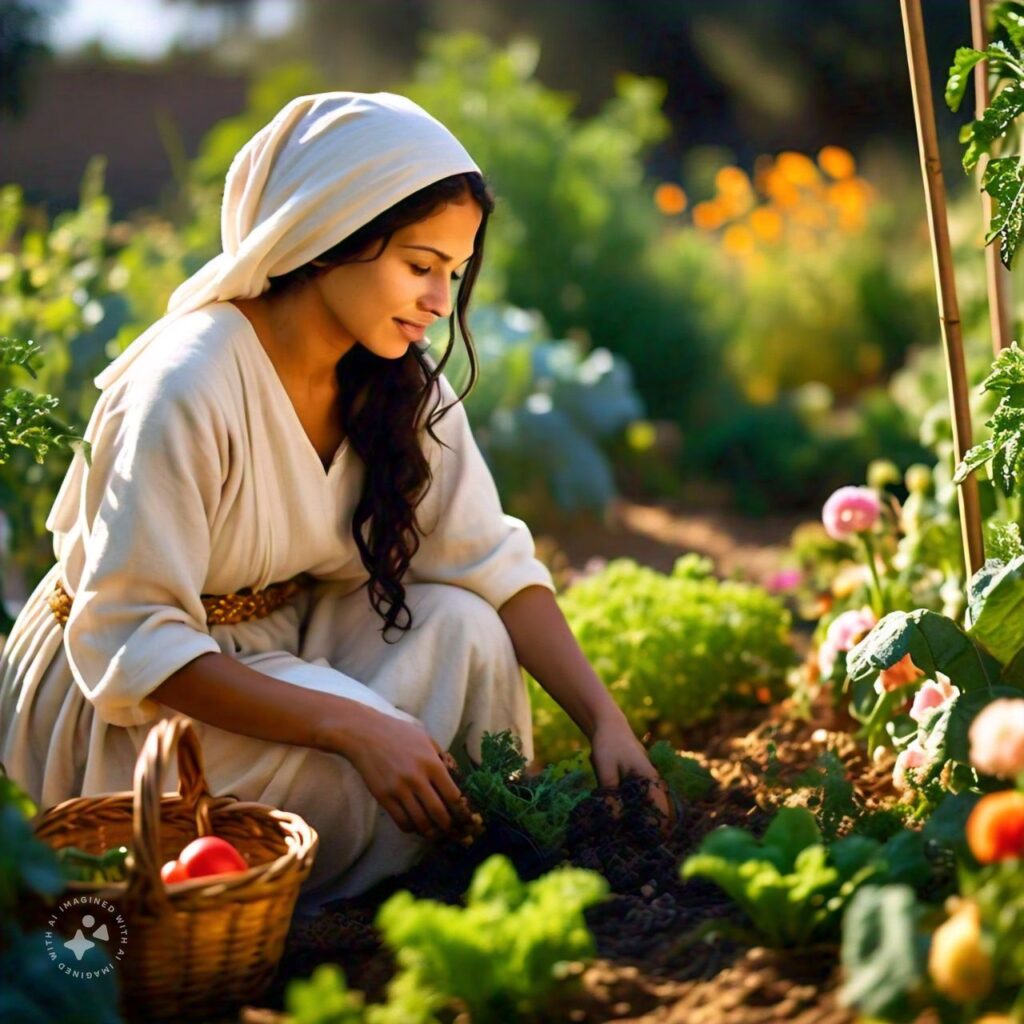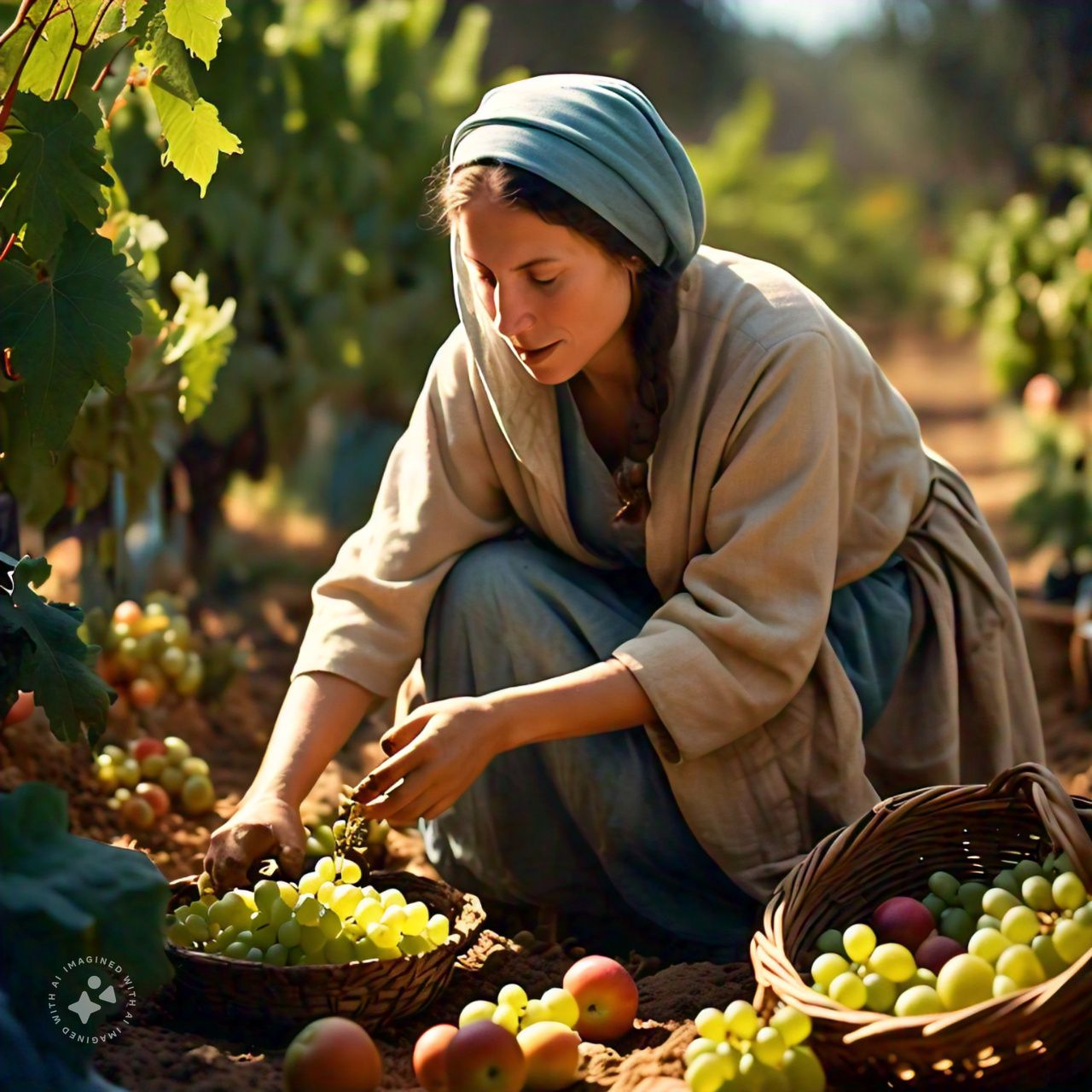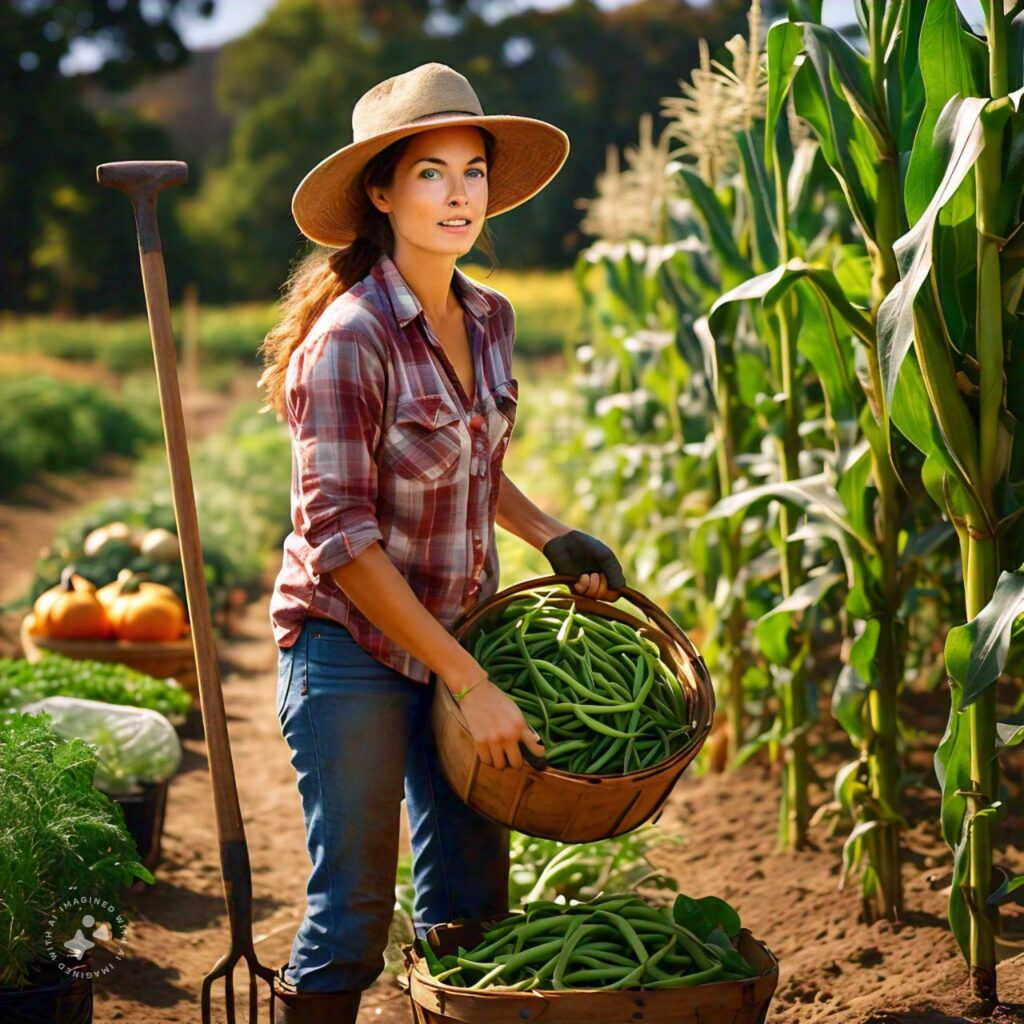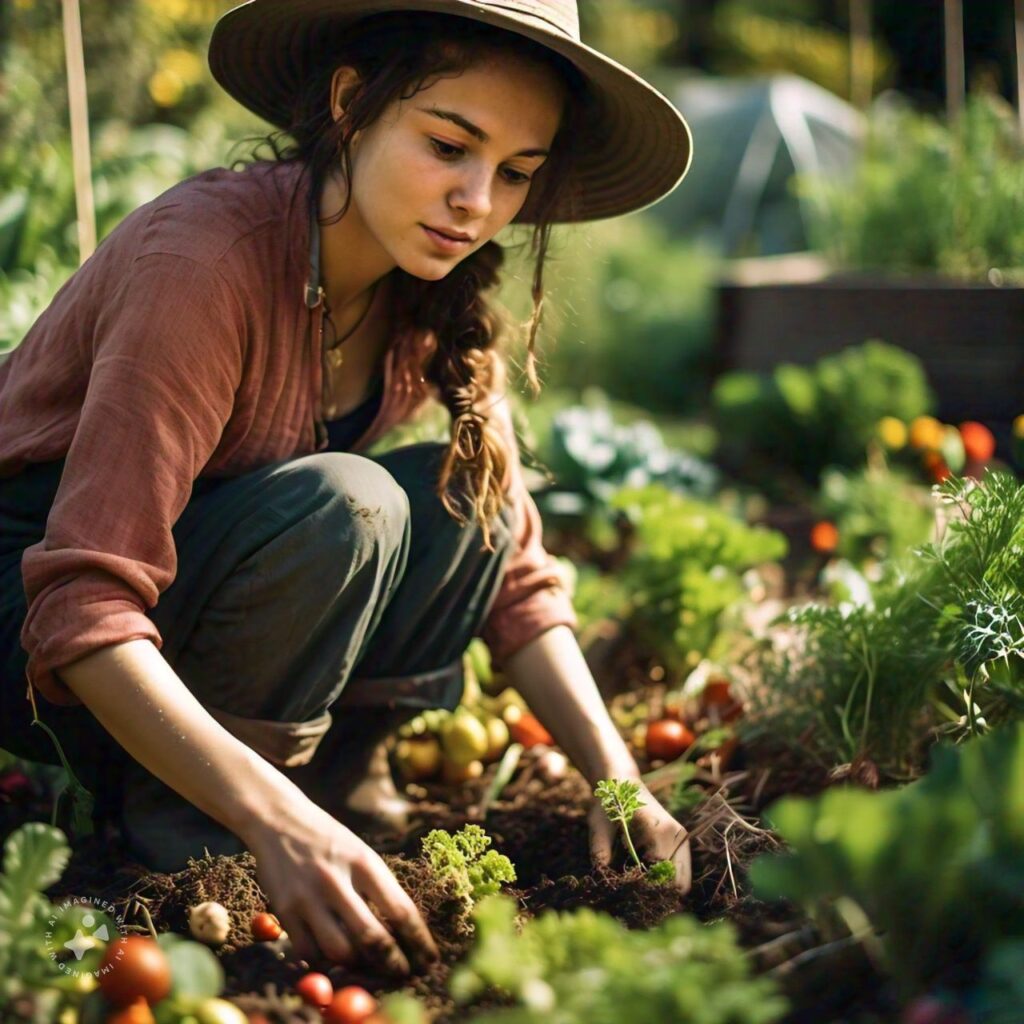A Biblical garden is not just a collection of plants; it is a sacred space that brings the scriptures to life, offering a tangible connection to the divine. These gardens are carefully designed to reflect the landscapes and flora mentioned in the Bible, allowing visitors to experience the beauty and symbolism of biblical references in a serene environment. In this guide, we will explore the profound significance of creating a Biblical garden, the key elements to consider, and how to bring this spiritual endeavor to fruition.
Understanding the Significance of a Biblical Garden
The concept of a Biblical garden is deeply rooted in the traditions of Christianity and Judaism. These gardens are more than just a tribute to nature; they serve as a living testament to the faith, offering a space for meditation, reflection, and prayer. The plants chosen for a Biblical garden are not random but are carefully selected based on their mentions in the Bible, each carrying its unique symbolism and historical significance.
Symbolism and Spiritual Connection
Each plant in a Biblical garden is chosen for its symbolic meaning. For instance, the olive tree is a symbol of peace and prosperity, often mentioned in connection with the Mount of Olives and the Garden of Gethsemane. Cedar trees, frequently referenced in the construction of Solomon’s Temple, symbolize strength and durability. The fig tree represents fertility and abundance, while the palm tree is a symbol of victory and triumph. By incorporating these plants, a Biblical garden becomes a living representation of the scriptures, offering a place of spiritual connection and contemplation.
Choosing the Right Location for Your Biblical Garden
The location of your Biblical garden is crucial to its success. Ideally, it should be a place of tranquility and seclusion, away from the noise and distractions of everyday life. A quiet corner of a larger garden, a dedicated plot in a churchyard, or even a rooftop space can be transformed into a sacred haven. The key is to select a spot that allows for meditation and reflection, where the garden can serve as a retreat for the soul.
Climate and Soil Considerations
Before planting, it is essential to understand the climate and soil conditions of your chosen location. Many plants mentioned in the Bible are native to the Mediterranean region, which means they thrive in warm, dry climates with well-drained soil. However, with careful planning, it is possible to adapt these plants to a variety of climates by selecting appropriate species and creating the right soil conditions. For instance, using raised beds with sandy soil can replicate the arid conditions that many Biblical plants prefer.

Designing Your Biblical Garden
Designing a Biblical garden requires a thoughtful approach, combining aesthetics with spirituality. The layout should reflect the natural landscapes described in the Bible, with an emphasis on simplicity and harmony. Consider incorporating pathways that lead to focal points, such as a central altar, a water feature, or a statue of a biblical figure. These elements not only enhance the visual appeal of the garden but also provide spaces for prayer and contemplation.
Plant Selection and Layout
When selecting plants for your Biblical garden, it is essential to choose species that are both historically accurate and symbolically meaningful. Some of the most common plants mentioned in the Bible include:
- Olive Trees: Symbolizing peace, prosperity, and divine blessing.
- Grape Vines: Representing abundance and the fruits of the spirit.
- Pomegranates: Symbolic of righteousness and the law.
- Wheat and Barley: Emblematic of sustenance and the bread of life.
- Aloe: Associated with healing and anointing.
- Hyssop: Used for purification and cleansing.
Arrange these plants in a way that reflects the natural landscapes of the Holy Land. For instance, you might create a small grove of olive trees, interspersed with grapevines, to mimic the Garden of Gethsemane. Alternatively, a section dedicated to herbs such as mint, rue, and hyssop can evoke the gardens of ancient Israel.
Incorporating Water Features
Water plays a significant role in the Bible, symbolizing purification, life, and renewal. Including a water feature in your Biblical garden can enhance its spiritual ambiance. A small pond or fountain can serve as a focal point, representing the living water mentioned in John 4:10. Additionally, water features attract wildlife, adding to the garden’s sense of life and vitality.
Enhancing the Spiritual Experience
A Biblical garden is not just a physical space; it is a place for spiritual growth and reflection. To enhance the spiritual experience, consider incorporating elements that encourage contemplation and prayer. Benches or stone seating areas provide places to sit and meditate, while pathways can be designed for walking meditation. Adding scriptural plaques or engravings along the pathways can also inspire visitors, offering them words of wisdom and encouragement as they explore the garden.
Creating a Sacred Atmosphere
To create a truly sacred atmosphere, it is important to consider the sensory experience of the garden. Fragrant plants like myrrh, frankincense, and lavender can evoke the scents of ancient rituals, while the sound of water from a fountain or the rustling of leaves in the wind can provide a soothing backdrop for meditation. Lighting is also crucial; soft, ambient lighting can transform the garden into a peaceful retreat in the evenings, making it accessible for prayer and reflection at any time of day.
Caring for Your Biblical Garden
Once your Biblical garden is established, it requires regular care and maintenance to thrive. Many Biblical plants are drought-tolerant and require minimal watering, but it is essential to monitor the garden for signs of stress, especially during dry periods. Pruning is also important to maintain the shape and health of the plants, particularly for trees like olives and figs, which can grow quite large if left unchecked.
Sustainable Gardening Practices
In keeping with the spiritual and historical significance of a Biblical garden, it is advisable to use sustainable gardening practices. This includes composting organic waste, using natural fertilizers, and avoiding chemical pesticides. Mulching around plants can help retain moisture and reduce the need for frequent watering, while companion planting can naturally deter pests.
Conclusion: A Living Testament of Faith
Creating a Biblical garden is a profound way to connect with the scriptures and bring the stories of the Bible to life. It is a living testament of faith, offering a space for meditation, reflection, and spiritual renewal. Whether you are a seasoned gardener or a novice, the journey of designing and cultivating a Biblical garden is a deeply rewarding experience that can enrich your spiritual life and inspire others.



